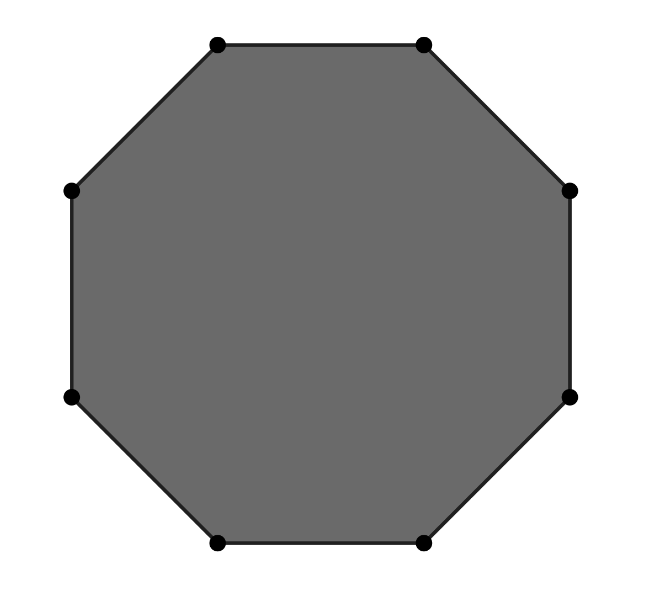Problem:
From a regular octagon, a triangle is formed by connecting three randomly chosen vertices of the octagon. What is the probability that at least one of the sides of the triangle is also a side of the octagon?

Answer Choices:
A.
B.
C.
D.
E.
Solution:
Without loss of generality, let be a vertex of the triangle. Suppose we also have points and of the triangle, with being in clockwise order. Let be the number of points (i.e., vertices of the octagon) in between the points and , be the number of points in between the points and , and be the number of points in between the points and . We know that since it encompasses every vertex of the octagon except for , , and . If two sides form the sides of an octagon, the distance between them would be . Therefore, if we use complementary counting to find how many have , we can deduce how many triangles are formed with no sides of the triangle being a side of the octagon. This would make whole numbers whose sum is . Using the stars and bars method, we can see that the number of ways to place and such that is .
Now, to find the total number of cases, since there are points that aren't , the number of ways to place and such that they run counterclockwise is . Thus, the probability that the triangle does not have sides on the octagon is . Therefore, the probability of the triangle having at least one side on the octagon is .
Thus, is the correct answer.
Answer: .
The problems on this page are the property of the MAA's American Mathematics Competitions